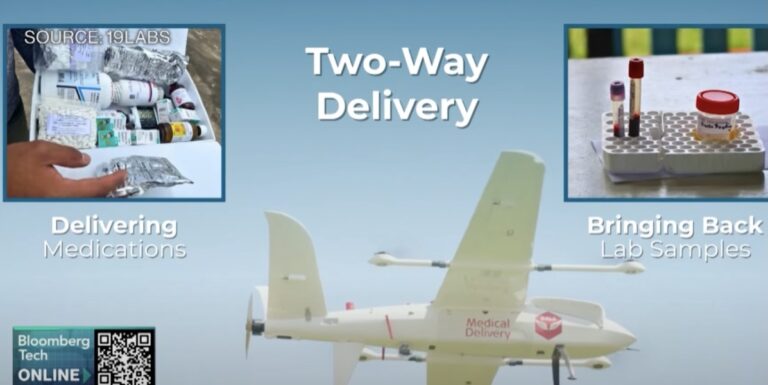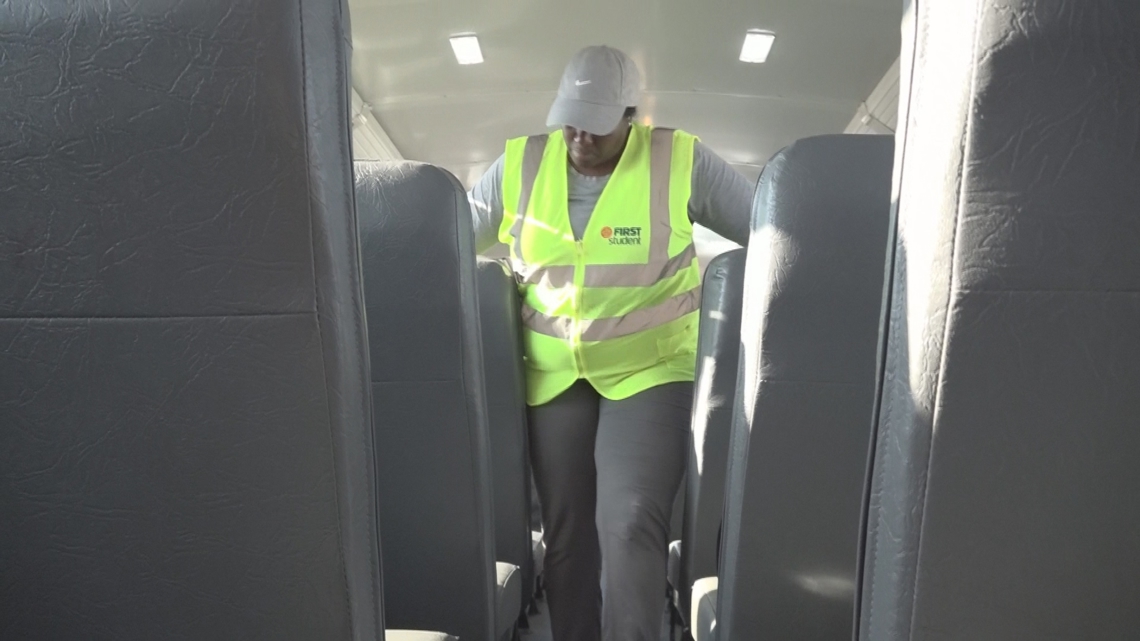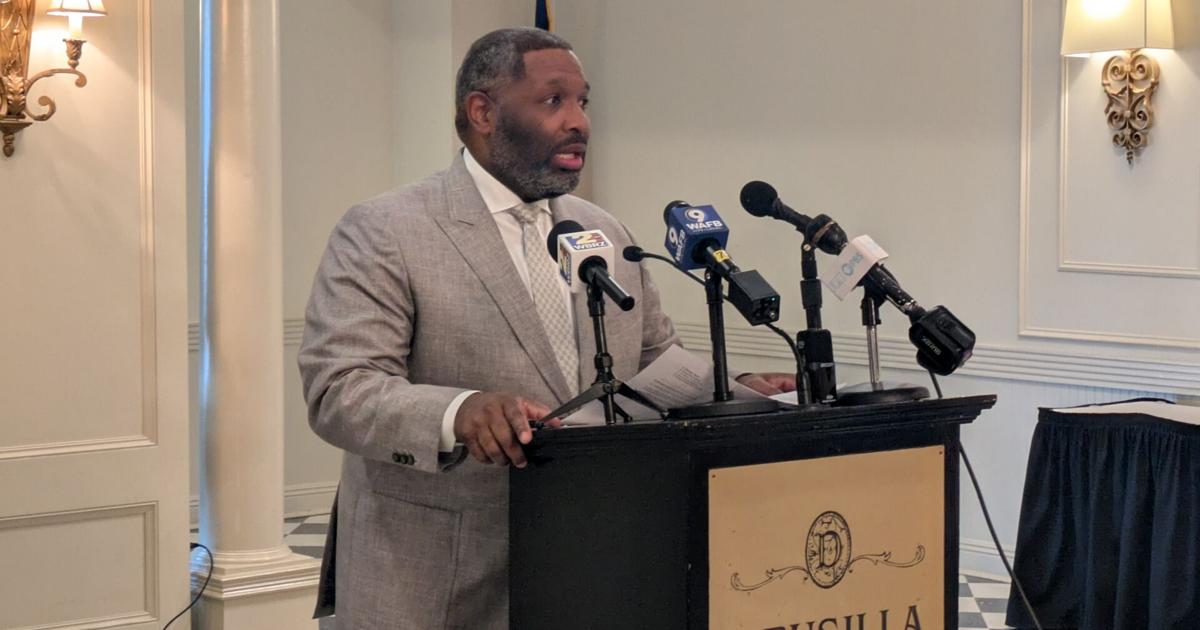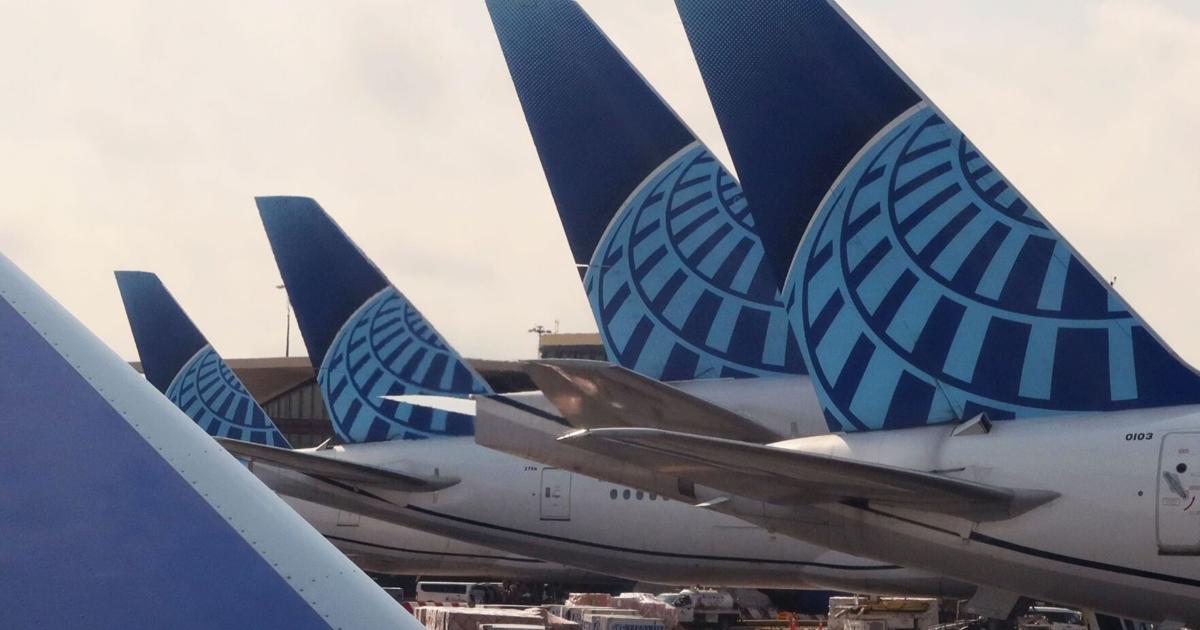Guyana Revolutionizes Healthcare with Drone Delivery: Reaching Remote Communities Like Never Before

In a groundbreaking move to enhance healthcare accessibility, Guyana is pioneering the use of drone technology within its public healthcare system. Health Minister Frank Anthony recently announced this innovative initiative, which aims to overcome geographical barriers and deliver essential medical supplies to remote and underserved communities across the country. This marks a significant step towards ensuring equitable healthcare access for all Guyanese citizens.
The challenges of delivering medical resources to Guyana’s vast and often difficult-to-reach areas are well known. Traditional transportation methods, such as road travel, can be slow, unreliable, and costly, particularly during adverse weather conditions. This often results in delays in receiving vital medications, vaccines, and other medical necessities, impacting patient care and outcomes. The implementation of drone delivery offers a promising solution to these persistent logistical hurdles.
“We’ve tested one of the drones, and it’s working well,” Minister Anthony stated, highlighting the successful initial trials of the program. These trials have demonstrated the drones’ ability to navigate challenging terrain and deliver payloads efficiently and safely. The program is currently focused on delivering essential supplies to areas where access is limited, such as those in the interior regions and indigenous communities.
How Drone Delivery Will Transform Healthcare in Guyana
- Improved Access: Drones can bypass impassable roads and waterways, reaching communities that are otherwise difficult to access, especially during emergencies.
- Faster Delivery: Reduced transit times for critical medications and supplies can significantly improve patient outcomes.
- Cost-Effectiveness: While initial investment in drone technology is required, it can potentially reduce long-term transportation costs compared to traditional methods.
- Enhanced Emergency Response: Drones can quickly deliver life-saving equipment and supplies to accident scenes or remote areas experiencing medical emergencies.
The government is working closely with technology partners to ensure the safe and reliable operation of the drone program. This includes establishing designated drone corridors, implementing robust safety protocols, and training personnel to operate and maintain the drones. Sustainability and scalability are also key considerations as the program expands.
The adoption of drone technology in Guyana’s healthcare system is not only a testament to the country’s commitment to innovation but also a model for other nations facing similar challenges in delivering healthcare to remote populations. With continued investment and strategic implementation, this initiative has the potential to transform healthcare access and improve the lives of countless Guyanese citizens. The future of healthcare delivery in Guyana is taking flight, literally, paving the way for a more equitable and responsive healthcare system for all.
Looking ahead, Guyana plans to expand the drone delivery network to cover a wider geographical area and incorporate a broader range of medical supplies. The government is also exploring the use of drones for other healthcare applications, such as sample collection and telemedicine support.






